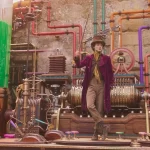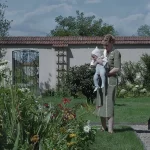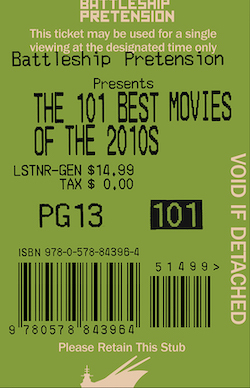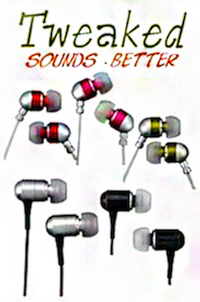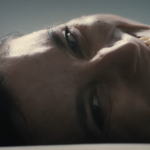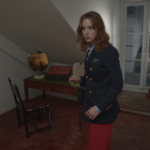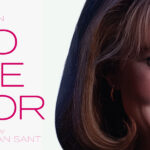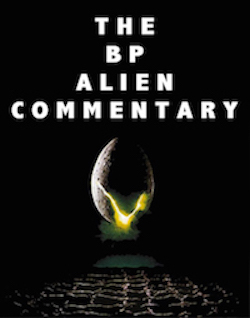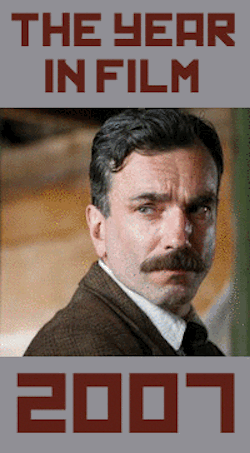The Keeping Room: Hear Me Roar, by David Bax
The Keeping Room, the contemplative and assured new thriller from Daniel Barber, sets its odd tone from the first scene, a bleak, bizarre, violent and strangely beautiful bit of wordless cinematic table setting that lets you know exactly where things stand in this nameless stretch of the American South during the last days of the Civil War. A black woman, presumably a slave, walks along a narrow country road, carrying a large bundle. She stops suddenly when she sees a large dog in her path. The dog growls and then barks. The woman drops her bundle. And begins to bark back. It’s disturbing to see this person, already having been forced into inhuman servitude, reduced to such a base figure. Yet it’s also heartening, somehow, to see such ferocity remain within her, a galvanizing survival instinct. This woman is not one of our protagonists but her mix of vulnerability and fortitude will be mirrored in the three women who are. The prologue ends with the arrival of two murderous Union soldiers and a flaming carriage tearing across the countryside but a seed has been planted in the audience’s heads. The women of the world may have been abandoned but they are not helpless.
Those two Northern men (Sam Worthington and Kyle Soller) are the movie’s menace, picking their way through the remainders of the war-depleted South with bullets and fire, and arriving at the doorstep of sisters Augusta (Brit Marling) and Louise (Hailee Steinfeld) and a slave, Mad (Muna Otaru). The three women hole up in the house with guns to keep the men away, knowing all the while that they are just the first two of an advancing army.
Barber uses violence bluntly, with oppressively loud gunshots and often a strong element of surprise. Despite the movie’s small cast, hushed tone and long, meditative sections that diverge from the plot completely, Barber and screenwriter Julia Hart manage to rack up an impressive body count. However, they are careful not to add in so many deaths that we might be numbed by them. Each loss of life in The Keeping Room is gutting in its depraved senselessness. On occasion, Barber risks the impression that he enjoys shocking us with a sudden headshot or a kindly man and woman cut down in the street but the ultimate effect – lending every moment a queasy tension – is a useful one.
Cinematographer Martin Ruhe (Control, The American) gives the film the look of perpetual dusk. It’s eerily pretty but it’s also sad, as if the color is draining out of this time and place because the universe has used it up and those few damned to remain behind are just waiting to be discarded from the cosmos along with everything else.
The Keeping Room’s arty, ruminative vibe may come off as a little too self-conscious for some but the film merits its lofty introspection, mostly due to the artful economy of dialogue in Hart’s screenplay. The words are heavy and lovely at the same time and, in fact, the film’s only major flaw is Marling’s fumbling them with her formless Southern accent.
The Keeping Room has been described as a feminist film. Hesitant as I may be to place any movie that happens to be about women in a single box, the descriptor does hold up. Barber and Hart hold up this forsaken bit of land where the only men left are weak or evil or both and suggest that we might compare it to another world, one where a woman’s agency is always under threat of diminishment by a stubborn patriarchy and where every unknown man could potentially be a foe. When Augusta tells Mad to shoot “any man” who comes through the door, it’s clear that this isn’t a story about the North and the South or a couple of bad apples. Like the woman growling and snarling back at the beast in her path, it’s a picture that’s as upsetting as it is inspiring.




